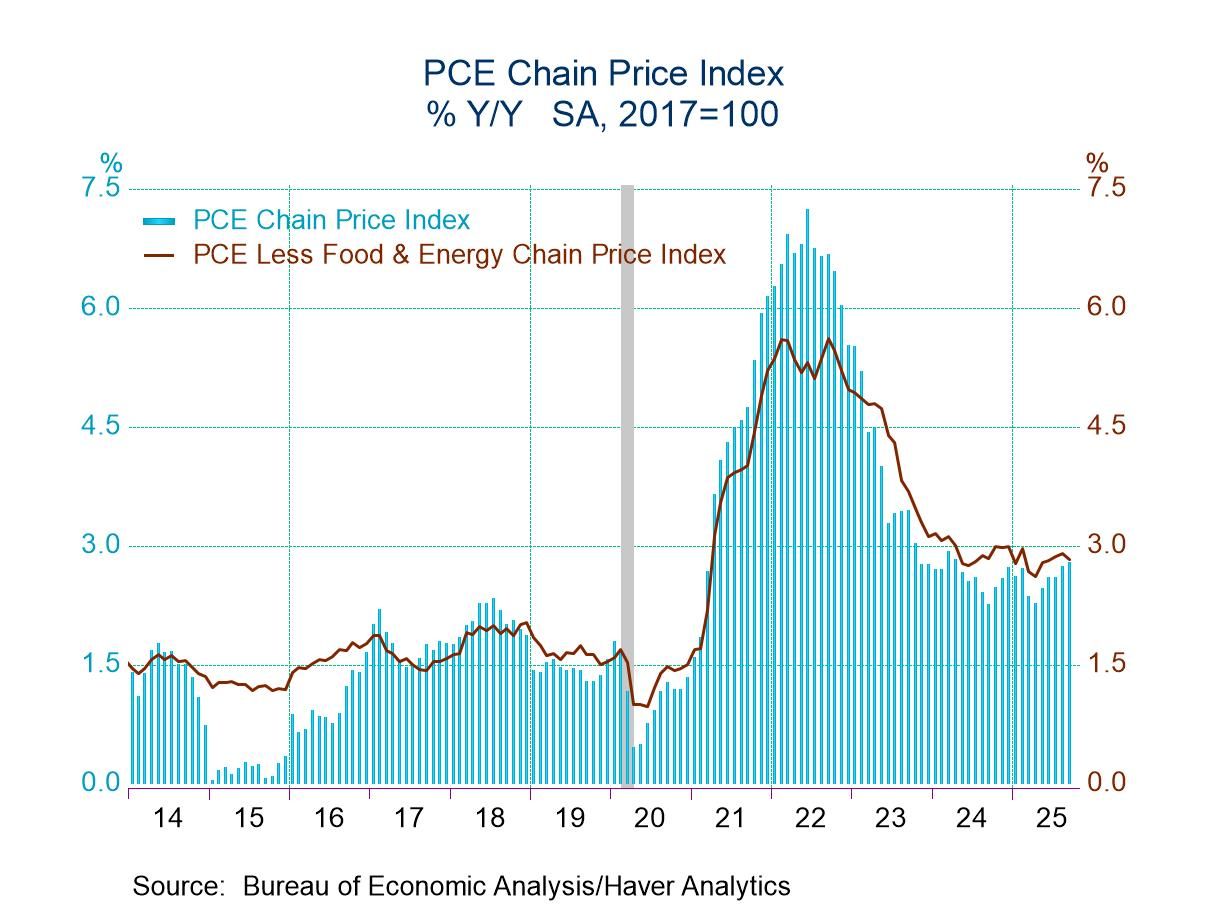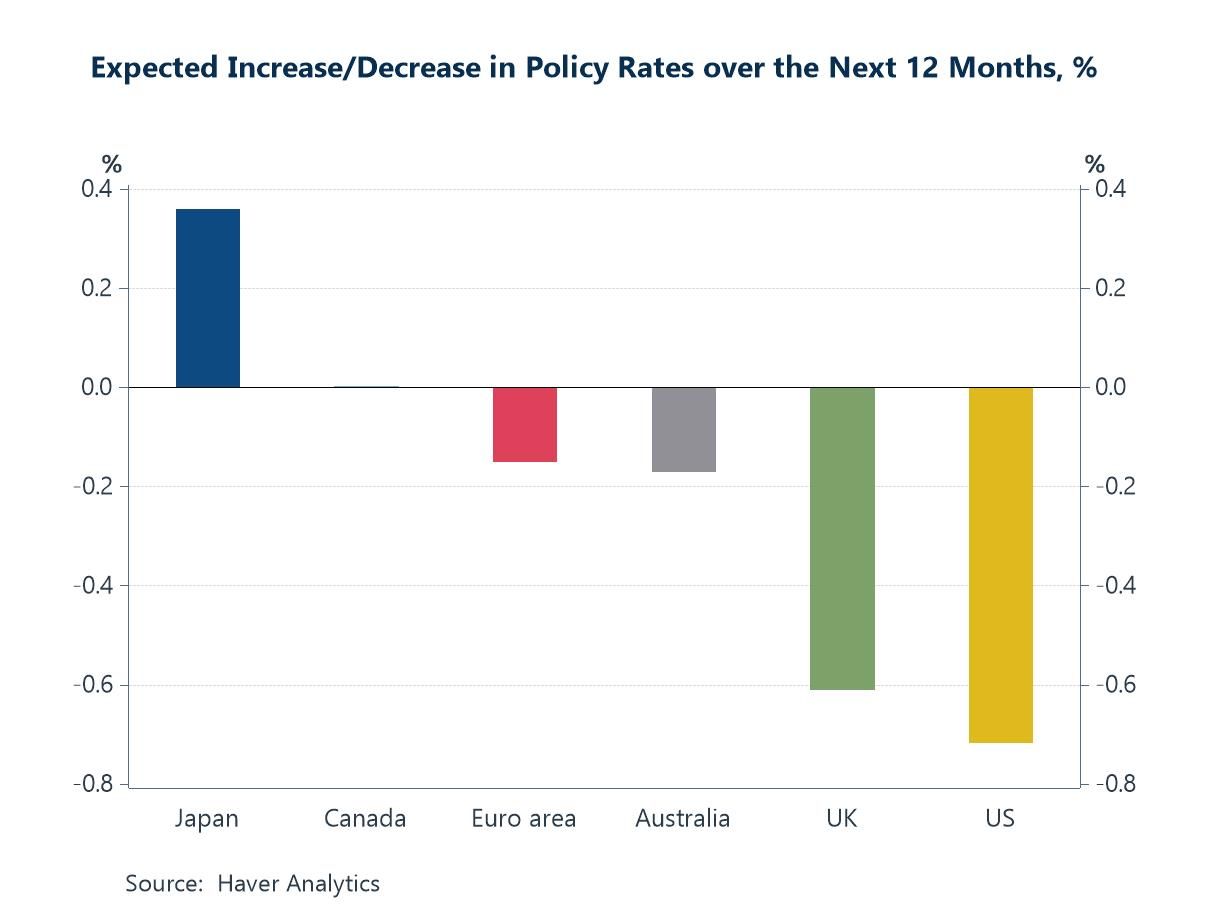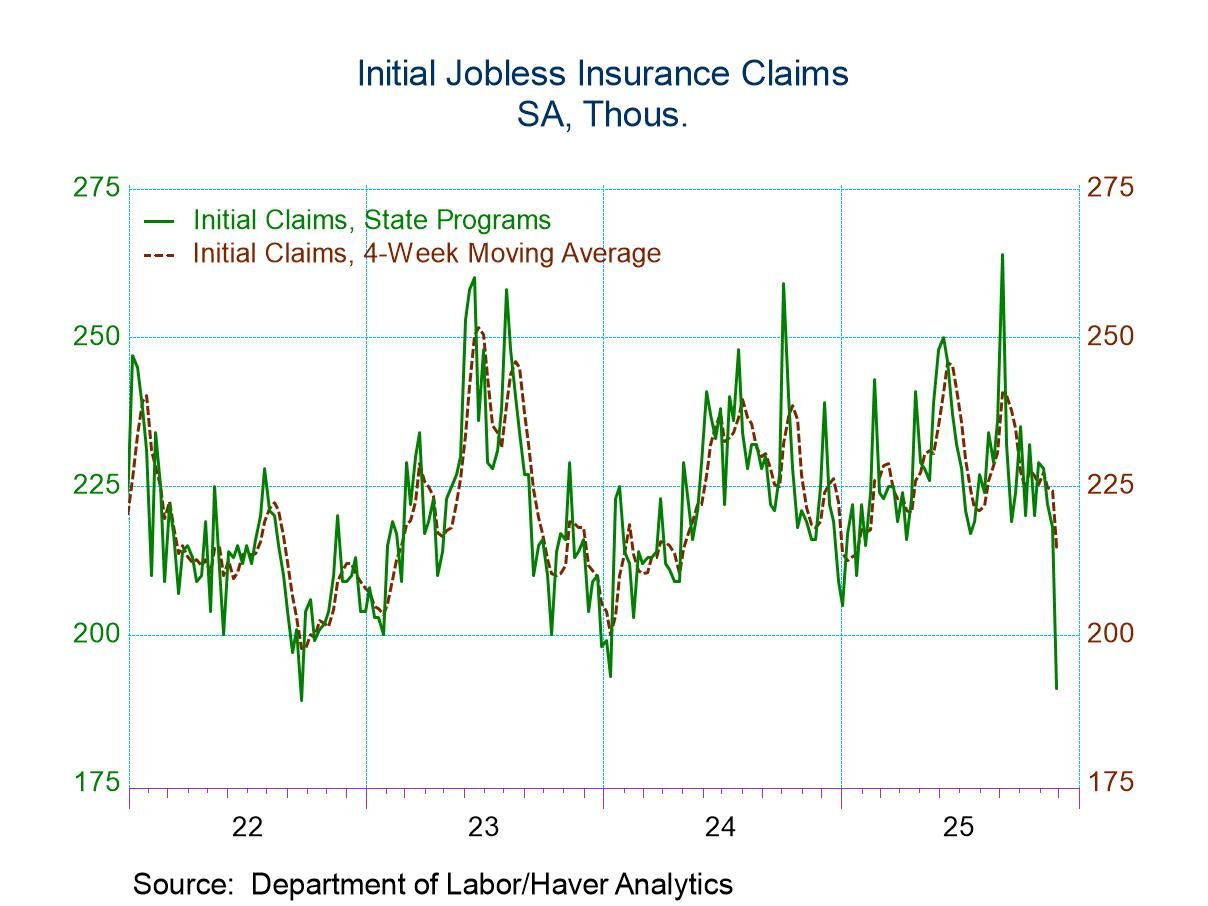 Global| Oct 12 2006
Global| Oct 12 2006China Exports, Imports Set Records in September. We Discuss Difference Between Exports to US and US Imports from China
Summary
Besides the US, China reported its latest trade data today, these for September. In the month, the Chinese trade surplus was $15.3 billion, off from August's record $18.8 billion. The September balance is still the second largest [...]

Besides the US, China reported its latest trade data today, these for September. In the month, the Chinese trade surplus was $15.3 billion, off from August's record $18.8 billion. The September balance is still the second largest monthly surplus ever. Exports rose $900 million to $91.6 billion, and imports surged $4.4 billion to $76.3 billion. Both the export and import amounts are records.
On September 25th here, Louise Curley called our attention to the size of China's exports and indicated they were in the process of surpassing those of the US. Indeed, this has come to pass; despite an upward revision to the US exports for July from $79.2 billion to $80.1 billion, China's exports of $80.3 billion are still larger and the margin in August widened as China shipped out $90.8 billion of merchandise and the US, $89.3 billion (all data not seasonally adjusted).
Two other points in the Chinese data stand out. China's imports expanded rapidly this summer. Commodity details for September are not yet available, but in August, a wide variety of machinery, metals and other products showed gains. China, like many industrial countries, is a net importer of petroleum, so its August fuel purchases also rose. It's easy to forget, when we express concern about China's trade, that it's two-way. Imports are expanding as their business activity grows.
Secondly, with the same-day release of US trade data, our attention was caught by the fact that the US reports much bigger imports from China than China reports exports to the US. The difference in August is some $7.5 billion, or about 40%, clearly more than some timing convention or shipping charge. Perhaps you already know the answer, and Haver database managers have investigated this before. But to teach me and refresh your memory, we checked on it again. The reason is that China's goods frequently transit some other Asian trading center, especially Hong Kong. Materials and parts may be processed further or finished goods may simply pass through the ports. Handlers there may tack on a "mark-up". But China only counts the value of the goods as they leave China; Chinese shippers may not even know the ultimate destination of their products, only the customer they are selling to directly. In contrast, the US counts imports from their original origin (redundancy intentional here), not simply the last place they were transferred before entering the US. Thus, about half the difference in the Chinese and US figures is accounted for in Hong Kong's re-exports to the US, shown in the table below, which the US tallies as imports from China. 
The "definitive" explanation is provided in a Census Bureau press release, now more than 10 years old, of a joint study by the Census Bureau and China's Ministry of Foreign Trade and China's Customs bureau. It is available here. In recent years, the proportionate size of the difference has diminished somewhat, perhaps due to a larger share of direct shipping to the US and also more specific reporting by Chinese exporters of the ultimate buyers of their goods. Data on Chinese trade are contained in Haver's premium CHINA database compiled by CEIC and also in EMERGEPR, our own in-house collection of country-sourced information covering several Pacific Rim nations.
| China: NSA, Mil.US$ | Sept 2006 | Aug 2006 | July 2006 | Sept 2005 | Monthly Averages|||
|---|---|---|---|---|---|---|---|
| 2005 | 2004 | 2003 | |||||
| Trade Balance | 15,298 | 18,796 | 14,615 | 7,577 | 8,500 | 2,675 | 2,122 |
| Exports | 91,640 | 90,766 | 80,327 | 70,148 | 63,496 | 49,444 | 36,519 |
| Imports | 76,342 | 71,970 | 65,712 | 62,571 | 54,996 | 46,769 | 34,397 |
| Exports to US | 19,531 | 19,160 | 17,172 | 15,537 | 13,578 | 10,414 | 7,709 |
| Hong Kong Re- Exports to US | -- | 4,007 | 4,131 | 4,027 | 3,462 | 3,243 | 3,056 |
| Total | -- | 23,167 | 21,303 | 19,564 | 17,040 | 13,657 | 10,765 |
| US Imports from China | -- | 26,723 | 24,640 | 23,295 | 20,289 | 16,390 | 12,703 |
| US Exports, Total | -- | 89,324 | 80,132 | 74,381 | 75,498 | 68,231 | 60,398 |
Carol Stone, CBE
AuthorMore in Author Profile »Carol Stone, CBE came to Haver Analytics in 2003 following more than 35 years as a financial market economist at major Wall Street financial institutions, most especially Merrill Lynch and Nomura Securities. She had broad experience in analysis and forecasting of flow-of-funds accounts, the federal budget and Federal Reserve operations. At Nomura Securities, among other duties, she developed various indicator forecasting tools and edited a daily global publication produced in London and New York for readers in Tokyo. At Haver Analytics, Carol was a member of the Research Department, aiding database managers with research and documentation efforts, as well as posting commentary on select economic reports. In addition, she conducted Ways-of-the-World, a blog on economic issues for an Episcopal-Church-affiliated website, The Geranium Farm. During her career, Carol served as an officer of the Money Marketeers and the Downtown Economists Club. She had a PhD from NYU's Stern School of Business. She lived in Brooklyn, New York, and had a weekend home on Long Island.





